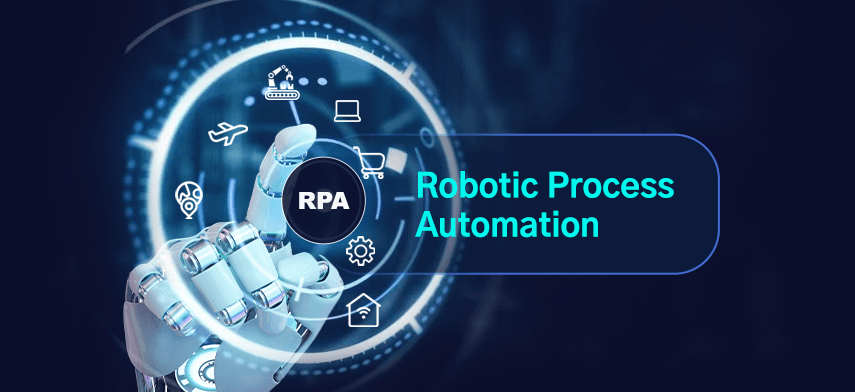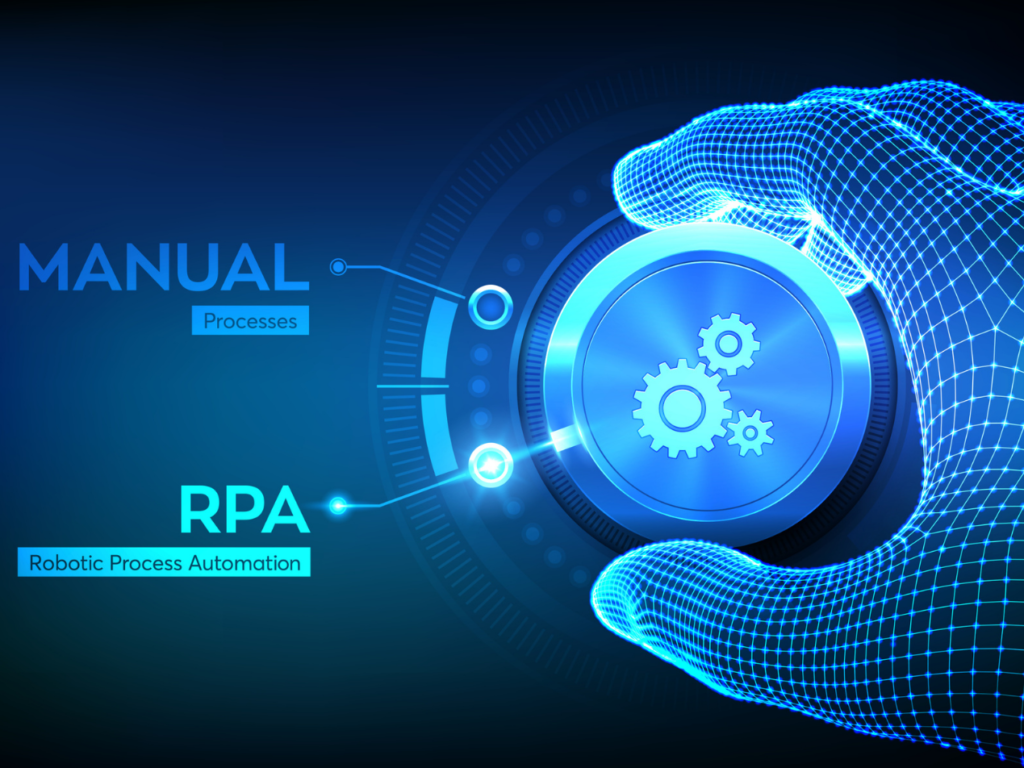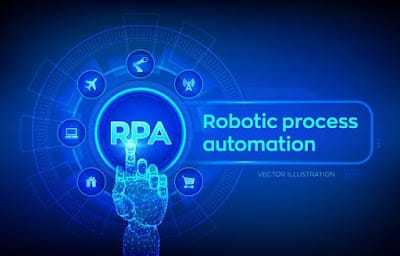Robotic Process Automation (RPA) is a powerful technology that uses Artificial Intelligence (AI) and machine learning to automate repetitive tasks. Think of RPA as your digital assistant—handling routine tasks like queries, calculations, and data maintenance without needing complex system integration. It operates just like a human would, but without errors or breaks.
How Robotic Process Automation (RPA) is Shaping the Future of Business Efficiency

Robotic Process Automation (RPA) is a technology that utilizes software robots or “bots” to automate repetitive, rule-based tasks typically performed by humans. These bots interact with software applications just like a human would, but they do so more quickly and accurately. RPA operates without needing complex system integration, making it a flexible and cost-effective solution for streamlining various business processes.
Key aspects of RPA include:
- Automation of Repetitive Tasks: RPA handles high-volume, repetitive tasks such as data entry, process standardization, and information retrieval.
- User Interface Interaction: Bots mimic human actions by interacting with user interfaces of various applications, inputting data, and performing tasks.
- No Major IT Overhaul Required: RPA can be deployed without significant changes to existing IT systems, reducing implementation complexity.
- Enhanced Accuracy and Speed: By minimizing human errors and speeding up task execution, RPA improves efficiency and reliability.
- Integration with AI: Many RPA systems are integrated with artificial intelligence (AI) to enhance decision-making and handle more complex tasks.
How RPA Works

RPA employs software robots to perform tasks that were previously done by people. These robots can analyze data, interact with other systems, and handle complex processes independently. Unlike traditional IT systems, RPA doesn’t require extensive infrastructure changes and is designed to be adaptable and error-free.
Evolution of RPA
RPA has evolved over time, integrating three key technologies:
- Screen Scraping: Captures data displayed on screens from various applications.
- Workflow Automation: Enhances speed, efficiency, and accuracy in task execution.
- Artificial Intelligence (AI): Enables tasks to be performed with minimal human intervention.
RPA vs. Traditional Automation

RPA differs from traditional IT automation in several ways:
- Flexibility: RPA adapts to changing conditions and situations, unlike traditional automation which is more rigid.
- Learning Capability: RPA can self-learn and correct itself, improving over time.
Key Features to Look for in RPA Software
When choosing RPA software, consider these features:
- Scalability: Ensure the software can handle large volumes of data and tasks efficiently.
- Speed: Look for software that performs tasks quickly and can design and test new processes fast.
- Reliability: The software should consistently perform tasks without failures.
- Simplicity: Choose software that is easy to use and manage, even for non-technical users.
- Intelligence: Opt for software that supports advanced automation and improves learning capabilities.
Applications of RPA

RPA has a wide range of applications across various industries:
- Sales Management: Enhances Customer Relationship Management (CRM) and streamlines sales activities.
- Portal Queries: Manages customer queries effectively through automated responses.
- Reconciliation: Ensures accuracy in financial records by comparing data and identifying errors.
- Data Management: Organizes and analyzes data from multiple sources for better business performance.
- Customer Service Operations: Improves customer satisfaction by automating service processes.
Pros and Cons of RPA
Pros:
- Increased Job Satisfaction: Frees employees from mundane tasks, allowing them to focus on more strategic work.
- Error-Free Results: Reduces human error and increases accuracy.
- Cost and Time Savings: Streamlines processes to save time and reduce costs.
- Enhanced Performance: Boosts overall efficiency and service quality.
- Better Customer Relationships: Helps maintain a strong connection with customers.
Cons:
- Unemployment Risk: Automation can lead to job displacement.
- Over-Reliance on Technology: Increased dependence on automated systems.
- Complex Implementation: Requires expertise for effective deployment.
- Potential Employer Issues: May create challenges for management and staff.
Conclusion
Robotic Process Automation (RPA) is a transformative technology that can greatly benefit businesses by automating repetitive tasks, improving efficiency, and reducing errors. If you’re considering implementing RPA, it’s worth exploring for its potential to enhance your operations. Feel free to ask any questions or share your thoughts in the comments.
Thanks for reading!

